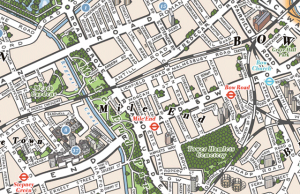This time the future of the contemporary metropolis was “put onto the table” by the New York Cityvision Competion (NYCV) which has recently announced its winners. The competition organised by City Vision challenged designers, architects, urbaners and planners, to imagine how will the big Apple look like in several years and to make suggestions in a very uncertain and unstable present. Perhaps this is the reason why most of the suggestions were not based on scientific evidences, but rather had a philosophical dimension which went beyond the urban context and its architectural goals and joined environmental worries with cinematographic scenes of the distant future.
In this context, the submission which achieved the first place by E. Giannakopoulou, S. Carera, H. Isola, and M. Norzi, offers an opportunity to ask ourselves whether a Manhattan covered with waste could be the city of the future, or the future of the city. On the other hand, the recent theories in preservation and the rise in construction of new museum spaces, give ground to the project of E. Pieraccioli and C. Granato to imagine the future city as a very well preserved monument of human heritage.
A personal favorite would be the submission of J. Tigges, F. Segat, A. Menon and N. di Croce who look at the architectural features of the city as immigrants, who are humorously moved with ships and planted into other capitals of the world, making a point about this very controversial today’s phenomenon.
The conceptual framework, is presented in several ways. Dramatic images, or superrealistic areal photos that communicate the same way as a cinematographic oeuvre. Many designs are inspired by illustrators such as Saul Bass (1920-1996) or François Schuiten and Benoît Peeters (La fièvre d’Urbicande 1985) and in some cases one could say that there are traces of the work of Superstudio (1966). Such images present a future known to many filmmakers, where the past is very much alive and nostalgia becomes an urban feature.
Entries and prizes:
Read more »
Continue reading »















